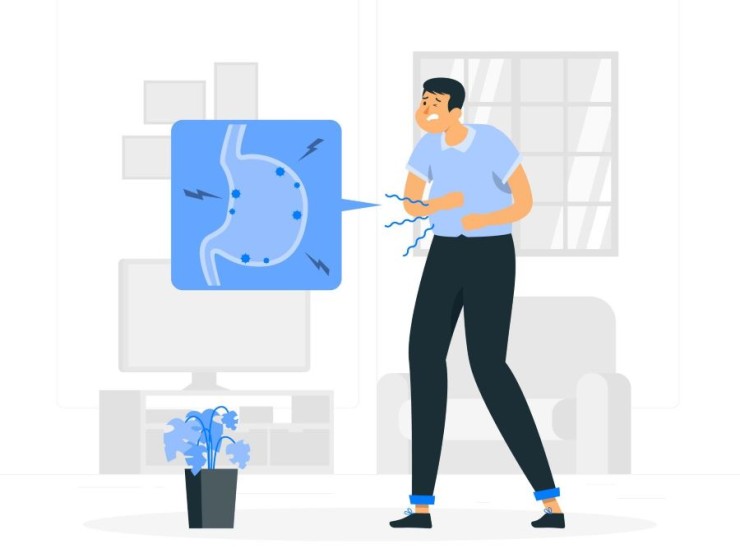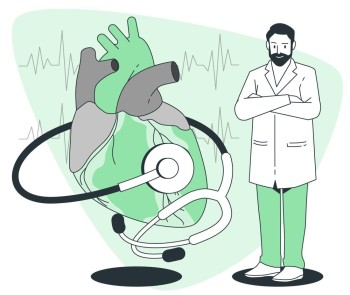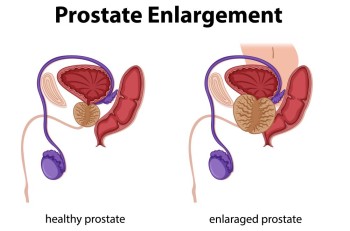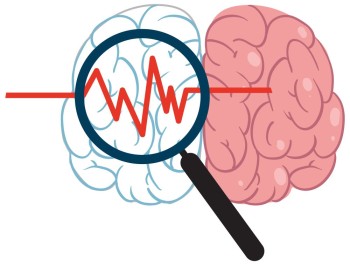
₹7,600
₹9,500
Magnetic Resonance Imaging (MRI) Abdominal Venography is a detailed diagnostic imaging procedure focused on visualizing the veins within the abdominal region.
Category:
MRI Scan



